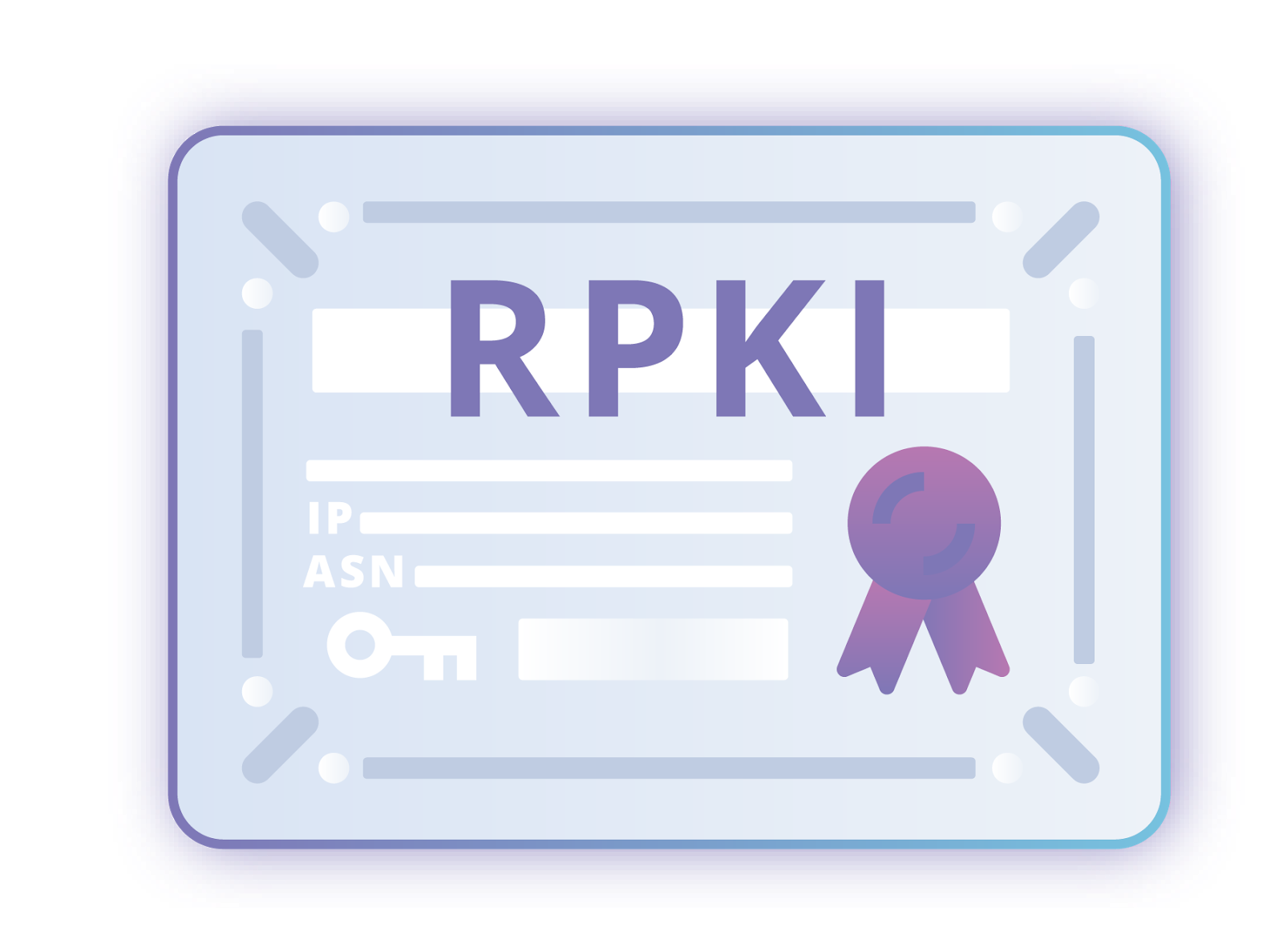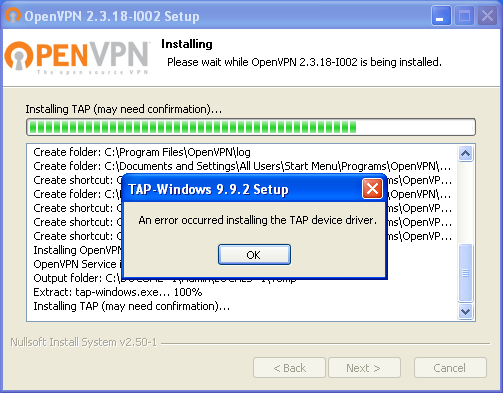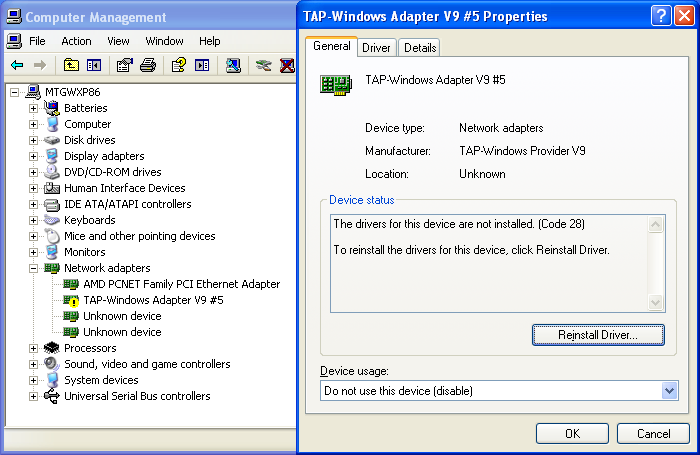38 – DCNM 11 and VXLAN EVPN Multi-site
Hot networks served chilled, DCNM style
When I started this blog for Data Center Interconnection purposes some time ago, I was not planning to talk about network management tools. Nevertheless, I recently tested DCNM 11 to deploy an end-to-end VXLAN EVPN Multi-site architecture, hence, I thought about sharing with you my recent experience with this software engine. What pushed me to publish this post is that I’ve been surprisingly impressed with how efficient and time-saving DCNM 11 is in deploying a complex VXLAN EVPN fabric-based infrastructure, including the multi-site interconnection, while greatly reducing the risk of human errors caused by several hundred required CLI commands. Hence, I sought to demonstrate the power of this fabric management tool using a little series of tiny videos, even though I’m usually not a fan of GUI tools.
To cut a long story short, if you are not familiar with DCNM (Data Center Network Manager), DCNM is a software management platform that can run from a vCenter VM, a KVM machine, or a Bare metal server. It focuses on Cisco Data Center infrastructure, supporting a large set of devices, services, and architecture solutions. It covers multiple types of Data Center Fabrics; from the Storage Continue reading






 Intel may be best known for its x86 server chips, but its growing silicon portfolio targets cloud and edge applications, as well as 5G.
Intel may be best known for its x86 server chips, but its growing silicon portfolio targets cloud and edge applications, as well as 5G. Instead of manufacturing chips, ARM provides its instruction set architecture to its customers — such as Qualcomm, Broadcom, NXP, and Marvell — and those companies manufacture the chips.
Instead of manufacturing chips, ARM provides its instruction set architecture to its customers — such as Qualcomm, Broadcom, NXP, and Marvell — and those companies manufacture the chips. The service mesh's 2.0 update is focused on easing deployment for service owners compared to other platforms like Istio.
The service mesh's 2.0 update is focused on easing deployment for service owners compared to other platforms like Istio. “Because the developers love Stackpoint.io so much, after our testing I bought the company. It’s just that good,” said NetApp's Anthony Lye.
“Because the developers love Stackpoint.io so much, after our testing I bought the company. It’s just that good,” said NetApp's Anthony Lye. “I think we have an extremely strong hand when we look at competing against somebody like Arista in the campus and branch,” said Scott Harrell.
“I think we have an extremely strong hand when we look at competing against somebody like Arista in the campus and branch,” said Scott Harrell. SDN and NFV are contributing to the growth of interconnection because these technologies make it easier for customers to consume more bandwidth.
SDN and NFV are contributing to the growth of interconnection because these technologies make it easier for customers to consume more bandwidth. The performance monitoring company offers a single SaaS-based monitoring platform that monitors and manages application delivery, experience, and usage.
The performance monitoring company offers a single SaaS-based monitoring platform that monitors and manages application delivery, experience, and usage.